The Ultimate Guide to the Ketogenic Diet
14 minute readThere are so many fad diets out there that it is hard to determine which ones will actually work and which are just trendy to follow. The ketogenic diet has been practiced for almost ten decades and has proven success.
The reason for its accurate and realistic results is because it is based on solid physiology and nutrition science. The diet focuses on high-fat content and low-carbohydrate,which can help with weight loss and improved overall health. What this means for you is that you can set aside those fads and get started on a successful program.
What is Ketosis?
Originally designed in the 1920s to help patients with epilepsy, the ketogenic diet works to promote ketosis. This metabolic state occurs when most of the energy provided to the body comes from ketone bodies rather than glucose.
In other words, the body turns fat into energy for its daily caloric needs rather than glucose or carbohydrates. When your energy comes from ketosis rather than glycolysis, you feel very different both physically and mentally. It is considered to be a much cleaner way to provide energy.
| Related: 14 Therapeutic Whole Foods To Kick Start Your Health |
Ketosis occurs when the liver breaks down fat into fatty acids and glycerol through beta-oxidation. Three water-soluble molecules are produced; acetoacetate, beta-hydroxybutyrate and acetone. Your body essentially burns at for fuel.
By changing your diet to reduce carbohydrates to a very low amount and by increasing both fat and protein, you can achieve the same effect. Ketone bodies are a much more reliable and stable source of energy; hence, the numerous health benefits.
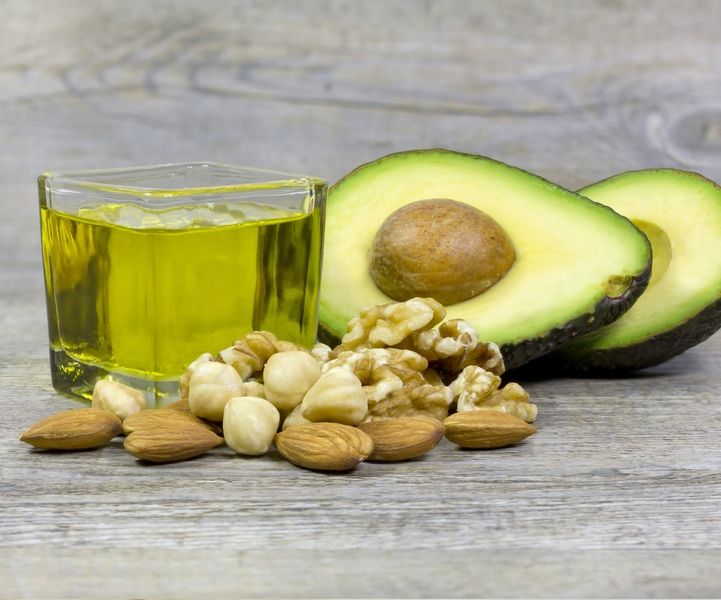
Fats vs Carbohydrates
Typically the thought of increasing your fat intake may alarm you, because fats have such a negative reputation. The truth about fats is that eating saturated and unsaturated fats have no real effect on heart disease risks.
In fact, fats are essential to your health and survival. Fats are a much more efficient source of energy because they provide nine calories on average per gram compared to the four calories per gram of sugars or carbohydrates.
The ketogenic diet promotes eating fish, meat, vegetables and healthy fats and oils, as well as reducing the intake of processed or chemically treated foods. Sounds pretty healthy, doesn’t it?
Simply by eating fewer calories than what you are burning each day will contribute to weight loss. When the energy provided comes from a more efficient source such as fat, the benefits to your body extend beyond this.
| Related: Diet Drinks Triple Risk Of Stroke And Dementia, Research Says |
Carbohydrates are an essential micronutrient, so you don’t want to cut them out completely. They are broken down into sugars, which are used for energy. Depending on whether the sugar is simple or complex, the energy burst you get will vary.
Spikes in blood sugar level trigger strong releases of insulin and too many bursts will result in the storage of fat and insulin resistance. Living in this continuous pattern is the number one cause of prediabetes, metabolic syndrome and even Type 2 diabetes. In a society where supersizing is the norm, everywhere you look carbohydrates are thrown in your face. No wonder it is so easy to go overboard on their consumption.

The Health Concern
The CDC (Center for Disease Control and Prevention) estimates that over 86 million people in the United States have prediabetes and one in ten have Type 2 diabetes. One of every three people has continually high blood glucose levels, which contributes to a number of serious health conditions.
Fat always gets the blame for these medical problems, which is why so many diets promote a “low fat” way of life. The numbers show that heart conditions and diabetes are still on the rise so clearly, fat is not the culprit.
Keto Diet to the Rescue
When you switch your diet to be low in carbohydrates and high in fats, the reduced sugar intake causes your body to go into a state of ketosis. Your body becomes more efficient as your liver converts fats to energy for the brain. This results in a huge reduction in blood sugar levels and insulin levels, which benefit you in more ways than you expect.
Weight Loss: Once your body is in a state of full ketosis, weight loss can be substantial and quick for many people. In fact, many studies show that a ketogenic diet is far superior for weight loss than the low-fat variety. The diet is actually so filling that you lose weight without having to count calories.
The diminished hunger and cravings affect your hormone levels and insulin release. With lower insulin levels in your system, the body does not feel the need to store energy for later use.
Diabetes and prediabetes: Given its effect on blood sugar levels, the keto diet is definitely beneficial for your health in terms of diabetes. The reduction in the amount of blood sugar in your body makes it easier to control diabetes as well as to prevent it.
The loss of excess fat from this lifestyle additionally supports protection against diabetes and metabolic syndrome. One study found that following a keto diet allowed 7 out of 21 patients to cease their diabetes medications altogether. Additionally, low blood sugar help improve blood pressure, insulin secretion and postprandial glycaemia.
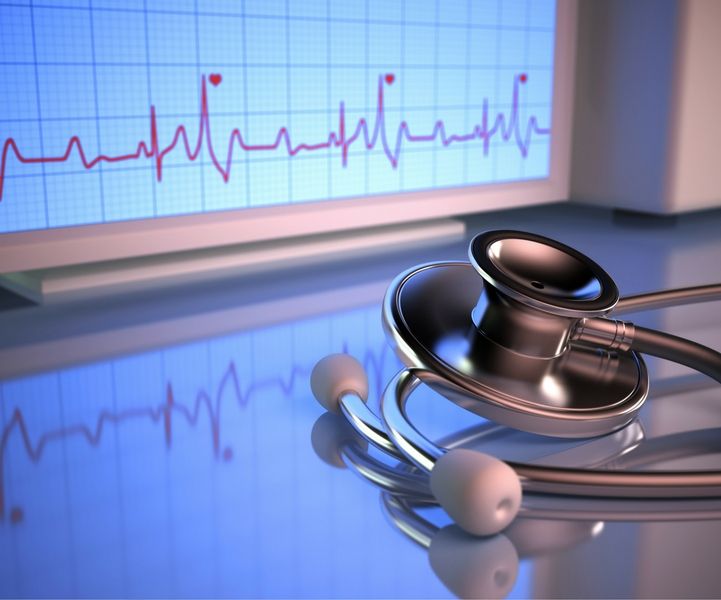
Heart Disease: Keto diets help to reduce the risk of heart disease markers such as triglycerides and high cholesterol. Despite being high in fat intake, this diet has little negative impact on your cholesterol levels. Improved blood pressure also helps to support a healthy heart and weight loss benefits those struggling with obesity and its associated strains placed on the heart.
Cancer: Certain studies have been published that indicate the ability of keto diets to starve cancer cells. Cancer cells prefer highly processed, pro-inflammatory, low nutrient diets. When you deprive them of this, their chances of proliferation decrease substantially.
Cancer cells are not able to use fat for energy so a high-fat keto diet is not on their menu. It is not a coincidence that some of the strongest cancer-fighting foods just so happen to be on the keto diet food list.
| Related: The #1 Thing You Should Be Doing To Boost Brain Health |
Brain disease: Since the birth of the ketogenic diet, people have been using it to treat neurological problems and disorders including epilepsy, Alzheimer’s and Parkinson’s. The diet has shown to have huge improvements on both Parkinson’s and Alzheimer’s diseases, slowing the progression of both.
Additionally, when administered to children with epilepsy, there was a significant reduction in seizures. A study conducted with animals also found that keto diets are beneficial for the reduction of concussions and help with recovery after brain injury.
Longevity: Compared to a low-fat diet, one that is high in fat actually promotes longevity. Increased carbohydrate intake is associated with a higher risk of mortality; fat consumption has an inverse association. The more fat you have in your diet, the more protection you have from stroke and cardiovascular disease.

Types of Ketogenic Diets
Now that you know the benefits of a ketogenic diet, there a several versions that you can follow.
Standard Ketogenic Diet (SKD): Very low carbohydrate (5%), moderate protein (20%) and high fat (75%) diet.
Cyclical Ketogenic Diet (CKD): Periods of higher carbohydrate intake such as 5 days of ketogenic foods and the 2 days of high carbohydrates.
Targeted Ketogenic Diet (TKD): You can add in carbs around your workouts.
High-Protein Ketogenic Diet: Similar to the standard version except you increase the protein so you have something more like 60% fat, 35% protein and 5% carbs.
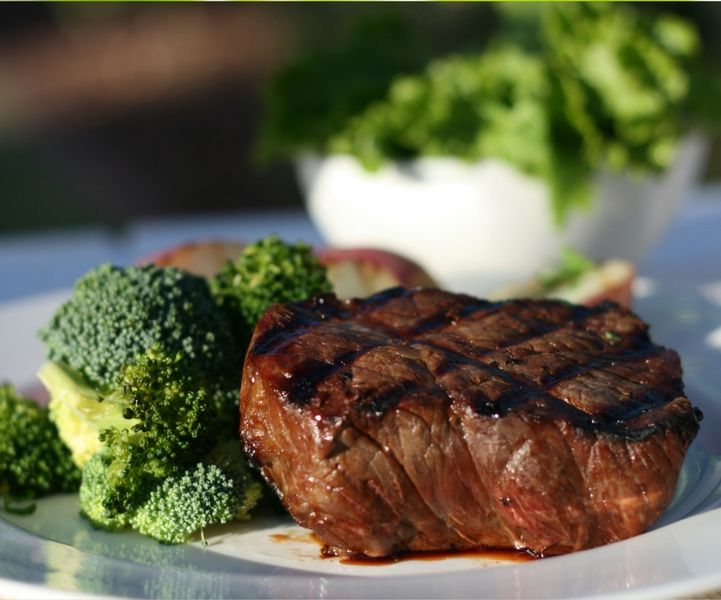
What’s on the Menu?
When it comes to following the ketogenic diet, there are foods you can eat anytime, some you should eat in moderation only, and others you need to completely avoid.
Eat Whenever
Healthy fats should be included in every meal, every day. These include polyunsaturated fats, omega-s oils and monounsaturated fats.
Proteins such as grass-fed red meat, organ meats such as liver, poultry, cage-free eggs, and fish are all perfect sources of the protein you need.
Non-starchy vegetables including all leafy greens, cruciferous vegetables like broccoli and cauliflower, celery, zucchini and cucumber.
Fat-based fruits such as avocado
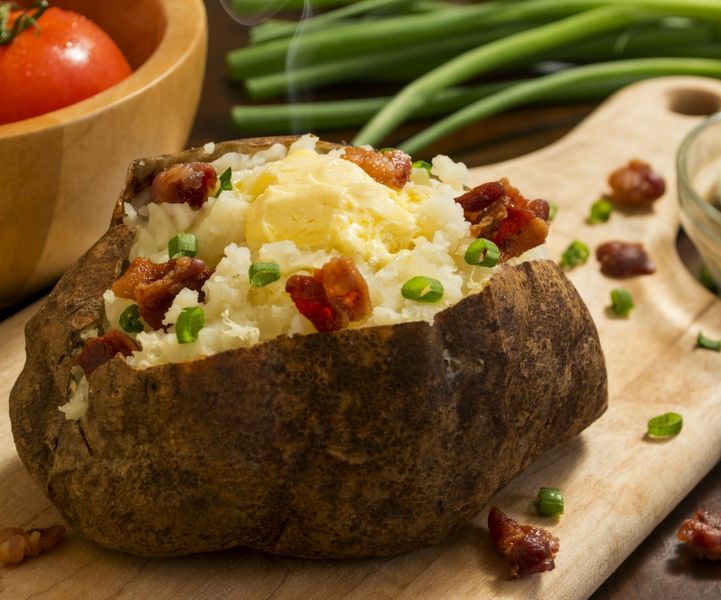
Eat Sometimes
Full fat dairy products can be consumed every now and then but need to be watched because of their high sugar content.
Medium-starchy vegetables like carrots, sweet peas, yams and potatoes
Legumes and beans as well as soy products
Nuts and seeds
Berries such as blueberries, raspberries and strawberries
Liquid-based stevia as a sweetener

Eat Never
Any type of sugar which includes syrup, honey, agave, and coconut sugar, as well as all foods made with fructose, dextrose, lactose and glucose
Any and all grains including white and brown rice, oats, wheat and corn
Nearly all processed foods should be avoided, as well as meal replacement products and anything containing artificial sweeteners that contain maltodextrin, dextrose, or polydextrose
Sweetened and caloric beverages
Important Tips
The ratio of macronutrients (fat, carbohydrate and protein) will vary according to your specific goals and needs.
Be conscious of your protein intake because the body can change protein into glucose, so in larger amounts, you may end up slowing the ketosis process.
It is important to drink plenty of water when you follow a keto diet because this helps prevent fatigue and aids the digestion process. Ideally, you want to aim for 10 to 12 eight-ounce glasses per day.
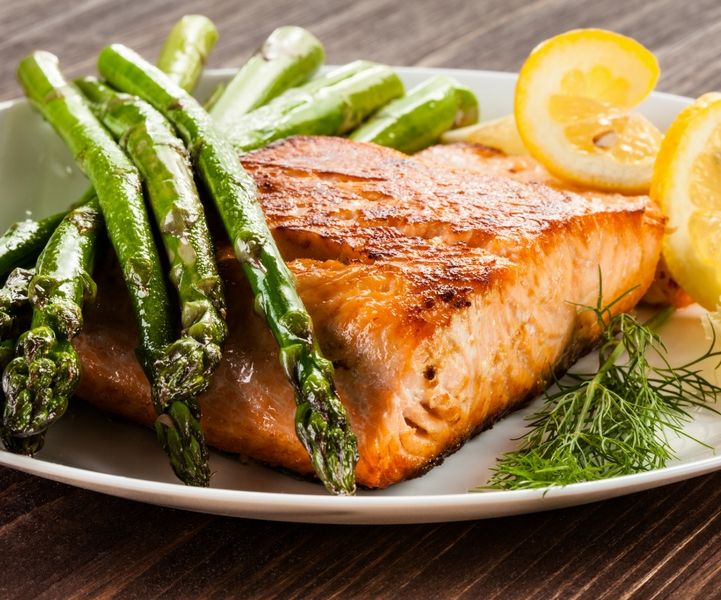
Sample Keto Menu
Just to show you how easy, delicious and nutritious a keto diet can be, follow the sample menu below for one week. There is a lot more variety than you would expect and once you remember the health benefits, you will be in love with this diet in no time.
Day One
Breakfast: Bacon, eggs, tomatoes
Lunch: Chicken salad with olive oil and feta cheese
Dinner: Salmon and asparagus with butter
Day Two
Breakfast: Ketogenic milkshake
Lunch: Shrimp salad with avocado and olive oil
Dinner: Pork chops with parmesan cheese, broccoli, and salad

Day Three
Breakfast: Egg, tomato, basil and goat cheese omelet
Lunch: Stevia milkshake – almond milk, cocoa powder, peanut butter
Dinner: Meatballs, cheddar cheese, and vegetables
Day Four
Breakfast: Ham and cheese omelet with vegetables
Lunch: Ham and cheese slices with mixed nuts
Dinner: White fish, egg and spinach

Day Five
Breakfast: Sugar-free yogurt with peanut butter
Lunch: Beef stir fry cooked with vegetables and coconut oil
Dinner: Bunless burger with bacon, egg, and cheese
Day Six
Breakfast: Omelet with avocado, peppers, salsa and onion
Lunch: Nuts, celery sticks with guacamole and salsa
Dinner: Chicken stuffed with pesto and cream cheese with vegetables

Day Seven
Breakfast: Fried eggs with bacon and mushrooms
Lunch: Bunless burger with salsa, cheese, and guacamole
Dinner: Steak and eggs with side salad
The Keto Flu
With any major change to your system, there will be side effects. Your body has been used to processing sugar for energy and you are no longer giving it sugar. As it switches to processing fats, there may be some unpleasant side effects known as the keto flu, but they are only temporary.
The Keto flu can leave you feeling tired, moody, and cause difficulty sleeping as well as digestive issues such as constipation. For the most part, these side effects do not affect everyone and they will generally only last one to two weeks.
The main reason for this reaction is because your body is lacking electrolytes, specifically sodium. There are a few things you can do to help ease the symptoms as your body changes its metabolism. Just remember that it will pass and you will emerge a force to be reckoned with; a fat-burning, high-energy health machine.
1. Drink plenty of water every day
2. Add bone broth to help restore electrolytes
3. Other foods to help with electrolytes include avocado, mushrooms, spinach, fish and leafy greens
4. Temporarily reduce your exercise load
5. Include alkaline diet principles to your diet to combat fatigue, nausea and constipation.
6. If you feel hungry, consume even more fat
7. Avoid all synthetic and processed foods no matter how strong the craving

The Bottom Line
If you have been looking for a diet to improve your health or to lose those unwanted pounds or if you have tried so many that you are lost in the fad-diet vortex, the solution is here.
A ketogenic diet is proven and has been used for decades to successfully promote healthy weight loss, as well as benefiting the body in more ways than you can count. Stop following those unsuccessful fads, which deprive you of many needed nutrients and start a keto routine.
Once your body is using ketosis for energy, you will see and feel the difference. The superpowers of the ketogenic diet give health, vibrancy, power and longevity; all you need to do is get the cape!












